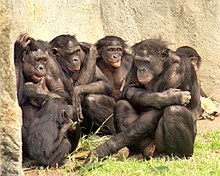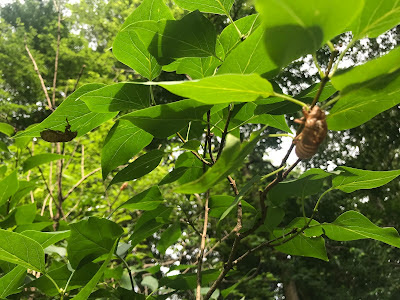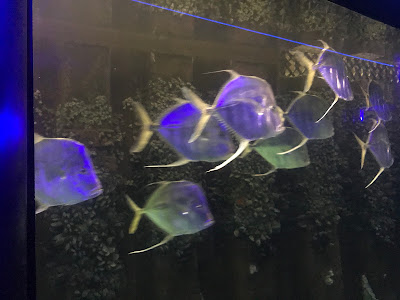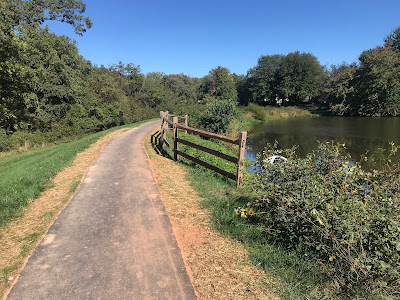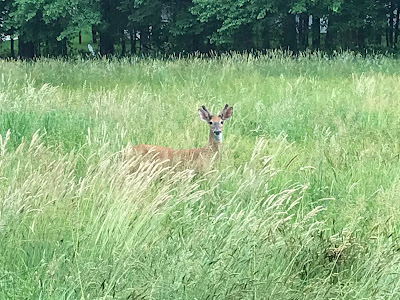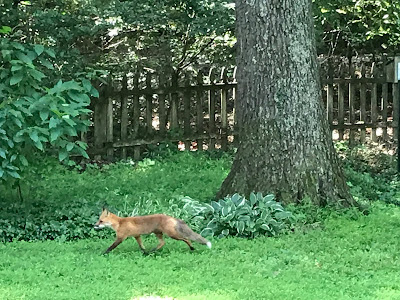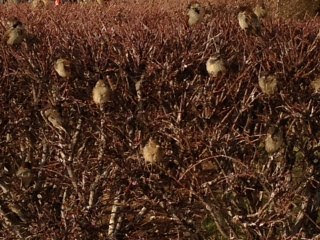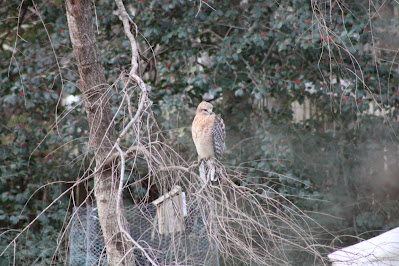“Not So Different”
As part of our readings for the course I’m taking this semester, we’re learning about animal behavior to enlighten our view of human behavior. The basic point is that we are more like bonobos and dolphins and many other animals than we might care to admit.
Many species mourn their lost loved ones, from the chimp Flint grieving his mother Flo, as described by Jane Goodall, to reports of elephants crying from the loss of a parent or child.
Animals have an innate sense of justice, proved by studies in which primates refuse to solve a puzzle to earn a grape because the same treat is not being offered to their cage-mate. Vampire bats will feed each other even if it means giving up 20 to 30 percent of their own calories. Yes, there is an element of reciprocity in this. They do it, in part, because it might ensure their survival on a bad hunting night. But not all of this behavior can be explained away as quid pro quo.
A basic question Nathan Lents asks in his book Not So Different: Finding Human Nature in Animals is why must we prove animals have these emotions — rather than prove they do not?
(Photo of bonobos courtesy Wikipedia)
